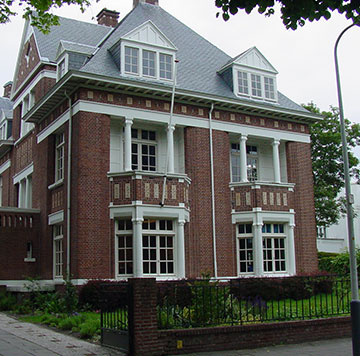RFWE-01 - Rapid fire session from selected oral abstracts
What Do 1000 Indonesians Living During Pandemic Say About Telepharmacy Services?
- By: HERMANSYAH, Andi (Faculty of Pharmacy Universitas Airlangga Indonesia, Indonesia)
- Co-author(s): Dr Andi Hermansyah (Faculty of Pharmacy Universitas Airlangga Indonesia, Surabaya, Indonesia / The Indonesian Pharmacists Association, Jakarta, Indonesia)
Dr. Wahyu Utami (Faculty of Pharmacy Universitas Airlangga Indonesia, Surabaya, Indonesia)
Ms Rizka Aulia Rahma (Faculty of Pharmacy Universitas Airlangga Indonesia, Surabaya, Indonesia)
Prof. Dr. Muhammad Miftahussurur (Faculty of Medicine Universitas Airlangga Indonesia, Surabaya, Indonesia)
Mr. Imam Faturrohman (Faculty of Pharmacy Universitas Airlangga Indonesia, Surabaya, Indonesia)
Prof. Dr. Umi Athiyah (Faculty of Pharmacy Universitas Airlangga Indonesia, Surabaya, Indonesia) - Abstract:
Background information
The Covid-19 pandemic has leveraged the use of telepharmacy to cope with limited patient mobility. Current knowledge has shown the potential of telepharmacy for delivering remote pharmaceutical care procedures. However, there is limited evidence regarding general public readiness and acceptance of telepharmacy to the extent it can be a sustainable service in community pharmacy after the pandemic crisis.
Purpose
This study evaluated the general public readiness index and acceptance level towards telepharmacy services in Indonesian community pharmacies.
Method
A cross-sectional online survey was conducted to general public in East Java, the second biggest province in Indonesia which had been severely hit by the Covid-19 pandemic. The survey was conducted during the lockdown period between May and June 2021. A pre-tested self-administered questionnaire was used to collect data. The questionnaire adopted Technology Readiness and Acceptance Model (TRAM) as the construct measuring individual perception of the technology, the value of technology and the ease of its use. Descriptive statistics and Chi Square test were used to calculate the willingness to use telepharmacy services.
Findings
There were 1,111 adolescents participated in the survey, most of which were female (72%), aged 17-24 (63%), and more than 66% never used or never heard of telepharmacy before. The calculated index reflecting High Technology Readiness (3.42) with a feeling of optimism about the potential of the service was the highest score. Likewise, the score for acceptance towards the value and ease of use was high (82.59) with 94% of respondents were willing to use telepharmacy. Patient counselling was the most favorable service selected by respondents (78%). There was a significant correlation between willingness to use and general public readiness and acceptance level (p<0.05).
Conclusion
Telepharmacy can be a promising platform of service in community pharmacy. Indonesians had positive perceptions about the service and were willing to use it after pandemic. Despite its potential implementation, this study did not investigate the viability of telepharmacy which has been critical yet underexplored in the current debates about future pharmacy services.

